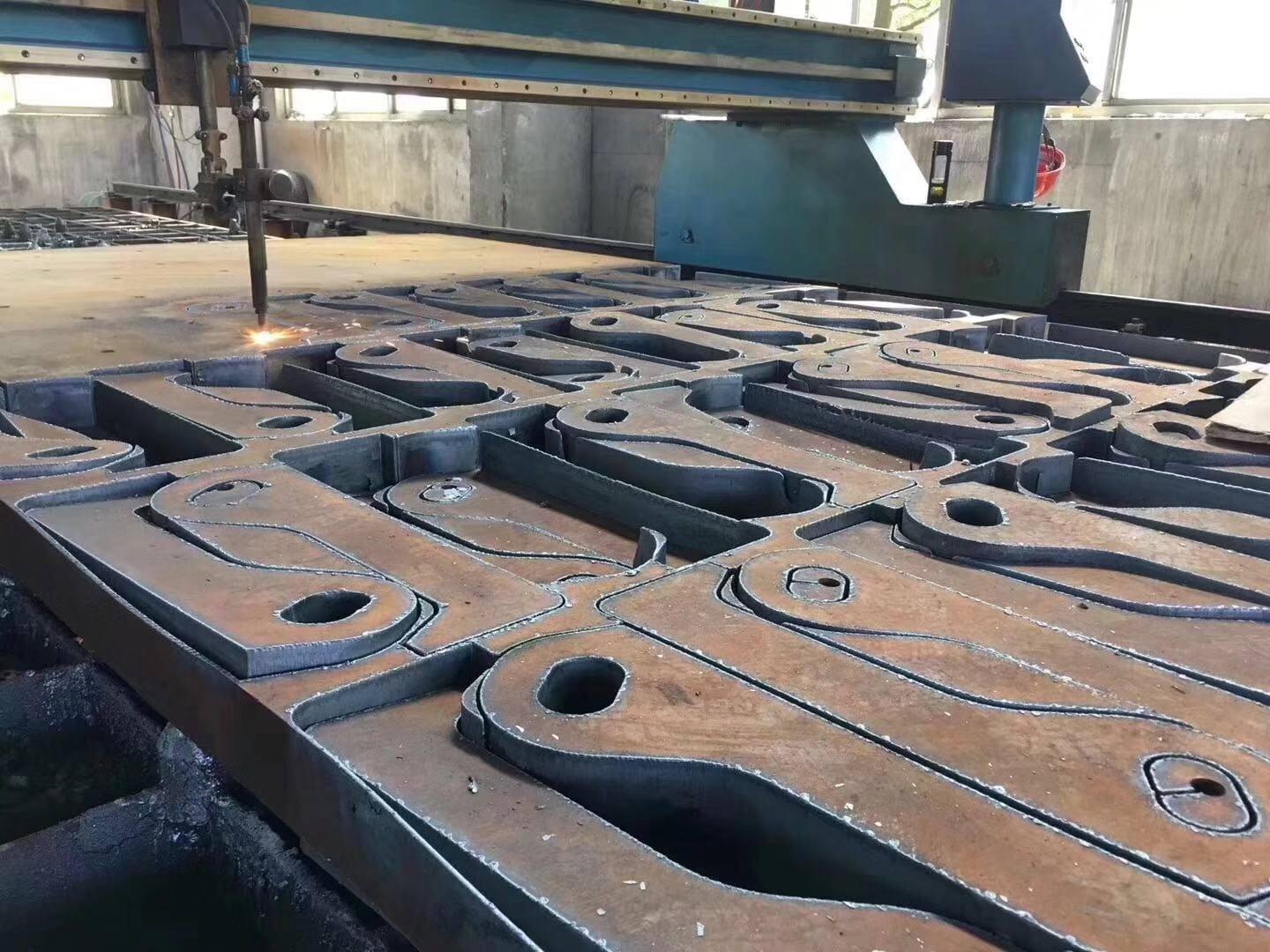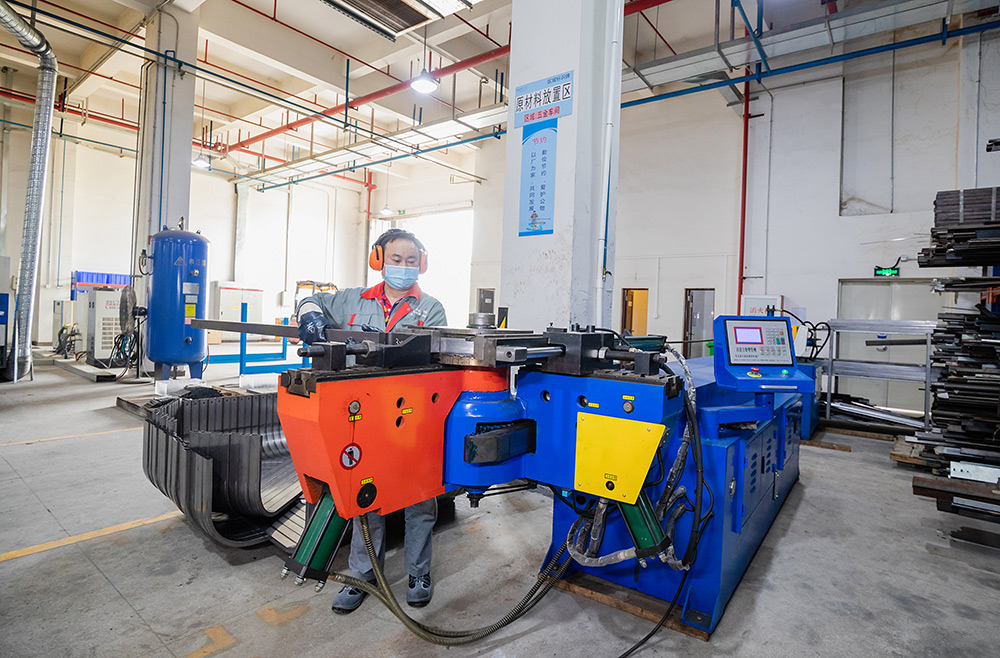As electric vehicles (EVs) become increasingly popular due to their environmental benefits and efficiency, the demand for high-precision, lightweight, and durable vehicle frames has surged.Among these, laser pipe cutting machines, laser plate cutting machines, pipe bending machines, and laser welding machines play critical roles throughout the production process. This article explores how these technologies are integrated into the manufacturing process of EV frames.

1. Initial Material Processing: Laser pipe cutting machine and laser plate cutting machine
Laser pipe Cutting Machines
Laser pipe cutting machinesare specialized CNC systems designed to cut cylindrical, square, or rectangular pipes with extreme precision. Key capabilities include:
Complex Geometry Cutting: Laser pipe cutting machines can cut intricate shapes, holes, and slots in a single pass, enabling the integration of features like bolt holes or mounting brackets directly into the pipe.
Angle and Miter Cuts: EV frame designs often involve angular joints to optimize strength-to-weight ratios. Laser pipe cutting machines can perform angled cuts accurately, which is essential for creating strong welded joints.
Automatic Nesting and Optimization: Advanced software optimizes material usage by nesting parts efficiently, reducing waste and cost.
Laser Plate Cutting Machines
In addition to tubular structures, EV frames often include flat components like gussets, brackets, and mounting plates. These are fabricated using laser plate cutting machines.
High-Speed Precision Cutting: Fiber laser plate cutting machines are particularly effective for cutting high-strength steels and aluminum plates used in EV frames. They maintain tight dimensional tolerances and clean edges, reducing the need for secondary processing.
Customization and Flexibility: Frame designs may vary across EV models. Laser plate cutting machines can quickly adapt to new designs through software updates, offering flexibility for mass customization.
Integrated Marking: Many machines also allow part identification through laser etching, facilitating traceability during assembly.
Together, pipe and plate cutting machines enable the rapid and precise fabrication of nearly all the raw metal parts required for an EV frame.

2. Shaping and Forming: The Role of Pipe Bending Machines
Once pipes are cut to the required lengths and profiles, the next step involves bending them into the correct shapes to match the frame’s design specifications. This is where pipe bending machines come into play.
Pipe Bending for Frame Geometry
Pipe bending machines provide:
Mandrel Bending: This technique is essential for producing tight bends without deforming the pipe cross-section, which is critical for both aesthetic and structural reasons.
Multiple Axis Control: Modern CNC pipe benders can bend in multiple directions and axes, enabling complex frame geometries without requiring additional welding or jointing.
Consistency and Repeatability: Automated bending ensures each part is identical, which is vital for mass production.
Accurate pipe bending is crucial not only for achieving the desired form but also for ensuring that all parts align correctly during assembly, which greatly impacts structural integrity and crashworthiness.

3. Final Assembly: Laser Welding for Precision and Strength
After all parts are cut and shaped, the final and perhaps most critical step is assembly and welding. Laser welding machine offers a modern solution.
Laser Welding Machines in Frame Assembly
Laser welding is a high-precision joining technique that uses concentrated light beams to fuse materials. In EV frame manufacturing, it offers several significant advantages:
High Strength, Low Heat Input: Laser welding machines are strong and narrow, minimizing the heat-affected zone and preserving the mechanical properties of the surrounding material.
Automated and Robotic Integration: Laser welding machines are often paired with robotic arms to enable automated welding of complex joints with consistent quality.
Minimal Post-Processing: Due to the precision of laser welding machine, there is often no need for grinding or polishing, saving time and labor costs.
Weld Quality Monitoring: Many systems are equipped with sensors and cameras that monitor weld quality in real-time, ensuring defect-free assembly.
The use of laser welding machine ensures that the EV frame is not only structurally sound but also aesthetically clean and dimensionally accurate.
4. Conclusion: An Integrated Approach to EV Frame Manufacturing
The production of an electric vehicle frame is a complex, multi-stage process that demands precision, flexibility, and efficiency. By integrating laser pipe cutting machine, laser plate cutting machine, pipe bending machine, and laser welding machine into a streamlined workflow. As the EV industry continues to evolve, the role of these advanced manufacturing technologies will only grow. Companies that invest in and master these tools will be best positioned to lead in this competitive market.

